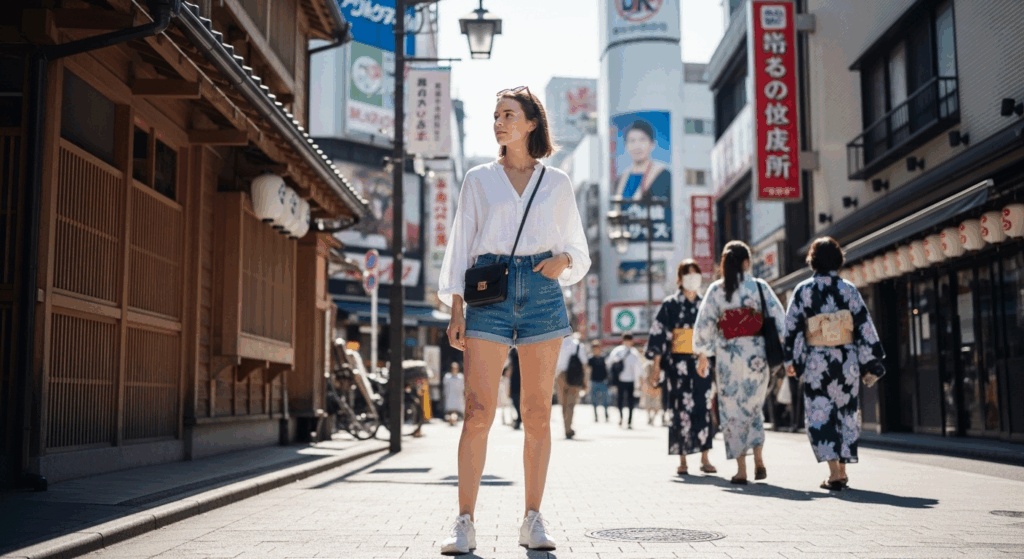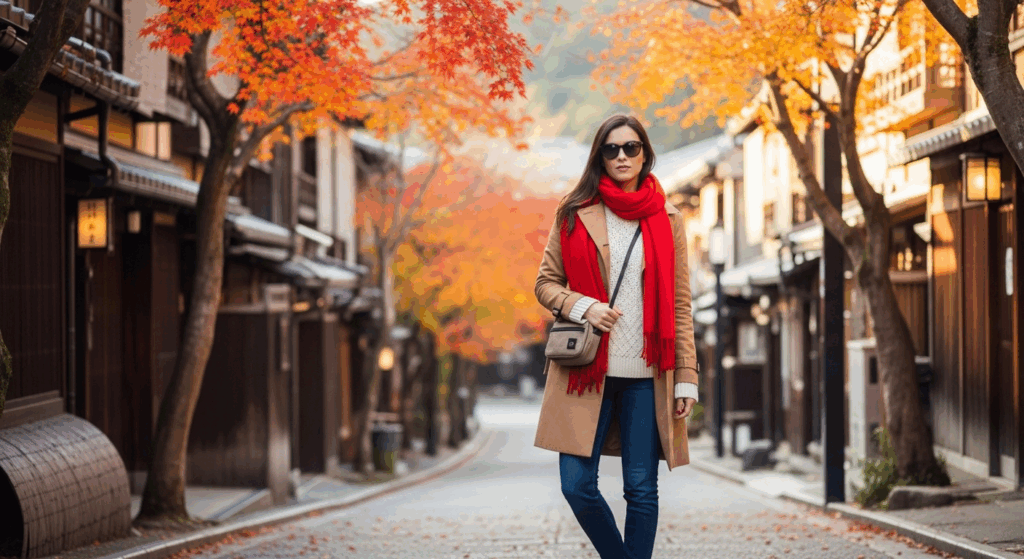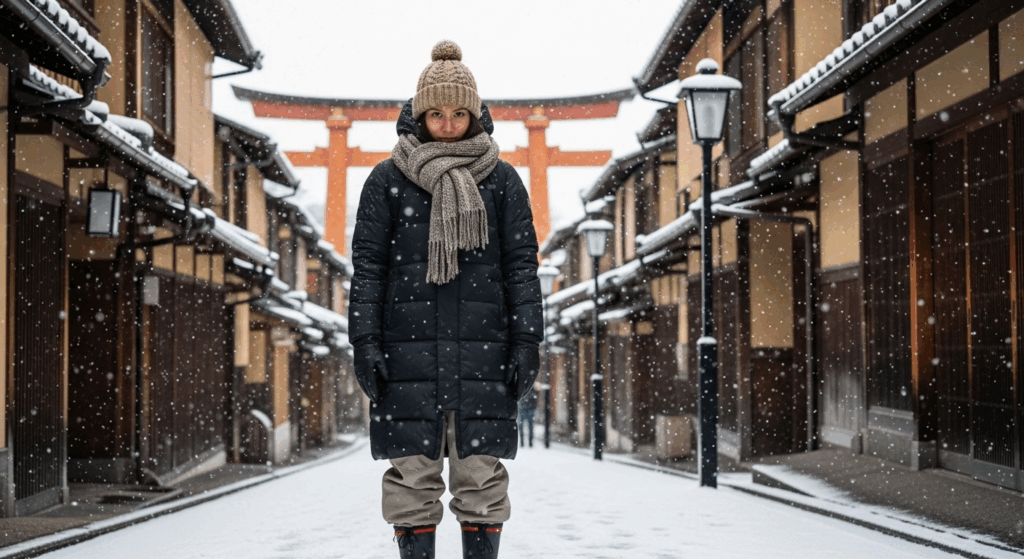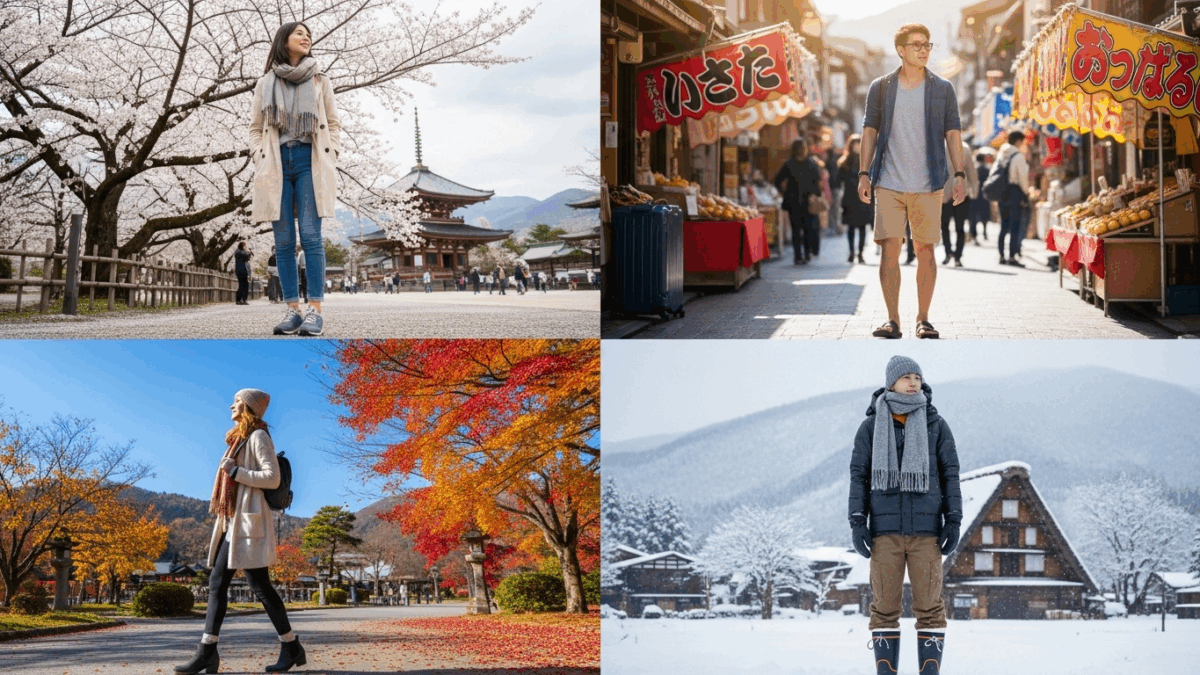Visiting Japan is an exciting adventure—but choosing the right outfits can make all the difference between a comfortable journey and a wardrobe mishap. From the cherry blossoms of spring to the snowy landscapes of winter, Japan’s climate varies greatly, and different occasions demand different dress codes. In this guide, you’ll learn exactly what to pack, what to buy locally at stores like Uniqlo, how to dress for fine dining or theme parks, and even stylish travel outfits for flights and trains. Read on, and you’ll never worry about what to wear on your trip to Japan again.
- Table of Contents
- 1. Season-by-Season Climate & Key Outfit Tips
- 2. Dress Codes for Every Occasion
- 3. Local Shopping: What to Buy at Uniqlo, GU, and Muji
- 4. Essential Packing List
- 5. Travel-Inspired Outfits for Flights & Transfers
- 6. Outfit Inspiration: Real-World Examples
- 7. Conclusion: Your Worry-Free Outfit Checklist
Table of Contents
- 1. Season-by-Season Climate & Key Outfit Tips
- 2. Dress Codes for Every Occasion
- 3. Local Shopping: What to Buy at Uniqlo, GU, and Muji
- 4. Essential Packing List
- 5. Travel-Inspired Outfits for Flights & Transfers
- 6. Outfit Inspiration: Real-World Examples
- 7. Conclusion: Your Worry-Free Outfit Checklist
1. Season-by-Season Climate & Key Outfit Tips
1.1 Spring (March–May)

Spring in Japan brings cherry blossoms and mild temperatures. Daytime highs range from 18–25 °C, while mornings and evenings can dip to around 10 °C. Layering is essential: pack lightweight long-sleeve shirts, cardigans, and a trench coat or light down jacket. Comfortable sneakers or loafers will serve you well on city strolls.
1.2 Summer (June–August)

Summers are hot and humid, especially in July and August when temperatures often exceed 35 °C. Opt for breathable, moisture-wicking fabrics like linen or quick-dry synthetics. Casual shorts or skirts are fine for sightseeing, but avoid them at upscale venues. Don’t forget a wide-brimmed hat, sunglasses, and a portable fan or hand-held mister.
1.3 Autumn (September–November)

Autumn is arguably Japan’s most pleasant season: clear skies, comfortable days (20–25 °C), and crisp nights (below 15 °C). A long-sleeve blouse or shirt layered under a lightweight knit or jacket will keep you cozy. Jeans or wide-leg trousers paired with leather-sole sneakers or ankle boots strike the perfect balance of style and comfort.
1.4 Winter (December–February)

Winters vary by region but can drop below freezing, especially in northern areas like Hokkaido. Pack thermal underwear (e.g., Heattech®), wool sweaters, and a heavy down jacket or wool coat. Accessories such as scarves, gloves, and knit hats will ward off the chill. Waterproof boots are wise if you plan to visit snowy landscapes.
2. Dress Codes for Every Occasion
2.1 Fine Dining & Michelin-Starred Restaurants
Japan’s top restaurants appreciate a polished, business-casual look. Men should wear a blazer or tailored jacket with dress trousers and leather shoes. Women can choose a tasteful dress or skirt-and-blouse ensemble with closed-toe pumps. Avoid sneakers, T-shirts, and distressed jeans.
2.2 Izakayas & Casual Dining
For casual pubs (izakaya) and relaxed eateries, neat smart-casual attire is sufficient. Collared shirts or clean T-shirts paired with dark jeans or slacks look appropriate. Comfortable sneakers or loafers are acceptable, but skip overly sporty or worn-out footwear.
2.3 Nightclubs & Bars
Many nightspots enforce a strict dress code—check in advance on their website. A “night-out” look in dark, slim-fitting pieces works best. Men often wear dark button-down shirts with tailored trousers; women opt for a little black dress or elegant jumpsuit with heels. Sandals and flip-flops are usually prohibited.
2.4 Temple & Shrine Visits
Visiting a shrine or temple calls for respectful, modest attire: shoulders and knees should be covered. Lightweight natural fabrics like cotton or linen keep you comfortable while maintaining decorum. Slip-on shoes or loafers ease the ritual of removing footwear before entering sacred spaces.
2.5 Theme Parks & Amusement Activities
Comfort and mobility are key—think activewear or sports-brand pieces with quick-dry technology. Cushioned sneakers will protect your feet during long walks and rides. A small backpack or waist pouch keeps essentials close without hindering your fun.
3. Local Shopping: What to Buy at Uniqlo, GU, and Muji
- Heattech®: Ultra-thin thermal underwear for winter warmth.
- AIRism®: Breathable, moisture-wicking innerwear for hot, humid days.
- Compact Down Jackets: Lightweight and packable for unexpected cold snaps.
- UV-Cut Parkas: Protects against sun exposure in spring and summer.
4. Essential Packing List
- Travel Documents: Passport, visa (if required), and IC card (Suica/Pasmo) for transit.
- Electronics: Phone charger, USB power bank, and Type A adapter.
- Health & Safety: Any prescription medications, pocket tissues, and masks.
- Rain Gear: Compact umbrella or lightweight poncho.
- Organization: Compression packing cubes or vacuum bags.
- Connectivity: Portable Wi-Fi router or prepaid SIM card.
- Slip-On Shoes: Easy to remove footwear for shrine visits.
5. Travel-Inspired Outfits for Flights & Transfers
- Top: Stretch knit top with a lightweight blazer or cardigan.
- Bottom: Jogger-style trousers or leggings.
- Shoes: Slip-on loafers or cushioned mules.
- Accessory: A large scarf doubles as a blanket on chilly planes.
6. Outfit Inspiration: Real-World Examples
- Spring in Kyoto: Trench coat over a striped long-sleeve tee, straight-leg jeans, and loafers.
- Summer at Tokyo Disney Resort: AIRism® T-shirt, tailored shorts, and breathable sneakers.
- Autumn Dinner in Ginza: Dark midi-dress with a cropped jacket and leather pumps.
- Winter in Hokkaido: Down parka, thermal leggings, and waterproof snow boots.
7. Conclusion: Your Worry-Free Outfit Checklist
This guide has covered everything from seasonal layering and dress codes to local shopping tips, must-pack items, and stylish travel outfits. By following these recommendations, you can ditch outfit anxiety and focus on enjoying every moment of your Japanese adventure. Now it’s time to pack smart, dress well, and make unforgettable memories in Japan!


